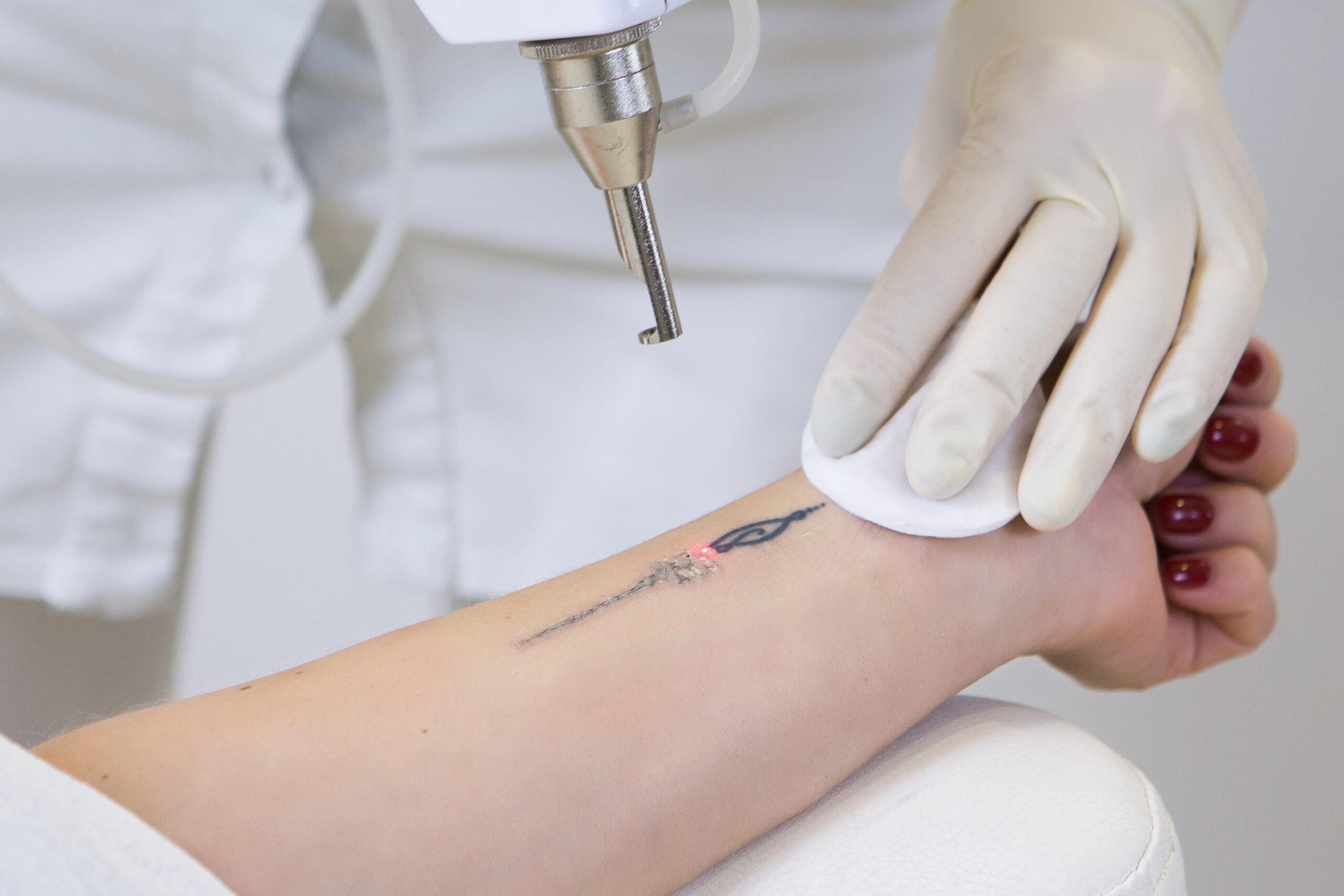
Tattoo Removal
Looking to give parts of your body a new canvas? Our state-of-the-art laser technology at Concept Medical can provide you with the fresh start you're looking for to redefine your look.
Book An Appointment
Looking to give parts of your body a new canvas? Our state-of-the-art laser technology at Concept Medical can provide you with the fresh start you're looking for to redefine your look.
Book An Appointment
The Spectra laser, which is a type of Q-switched Nd:YAG laser, is commonly used for various dermatological procedures, including tattoo removal. Here’s how tattoo removal works with the Spectra laser:
A trained laser technician evaluates the tattoo to determine the number of sessions required, potential results, and any specific concerns. Factors to consider include the tattoo’s size, color, location, age, and the individual’s skin type.
Removing a tattoo requires multiple sessions (usually 10-12+) spaced 4-8 weeks apart. The number of sessions depends on the depth, density, and color of the ink. Black and darker colors are often easier to remove than brighter colors.
Risks include hyperpigmentation, hypopigmentation, scarring, infection, and incomplete tattoo removal. Proper post-care and working with an experienced practitioner can reduce these risks. After undergoing a Q-switched laser treatment for tattoo removal, there is typically some downtime, but it’s often minimal in terms of needing to take time off work or daily activities. It is important to remember that with all laser treatments, risks are possible and results do vary.
Q-switched lasers like Spectra are considered the gold standard for tattoo removal because they can effectively break down tattoo pigments with minimal damage to the surrounding skin.
Your patient journey is unique and begins with an in-depth consultation.